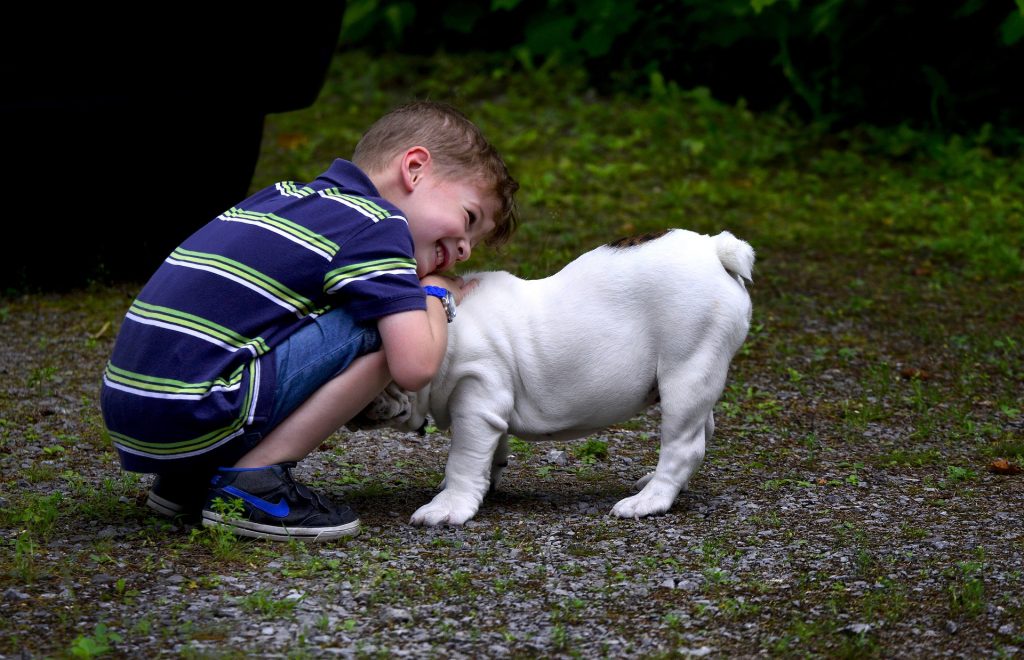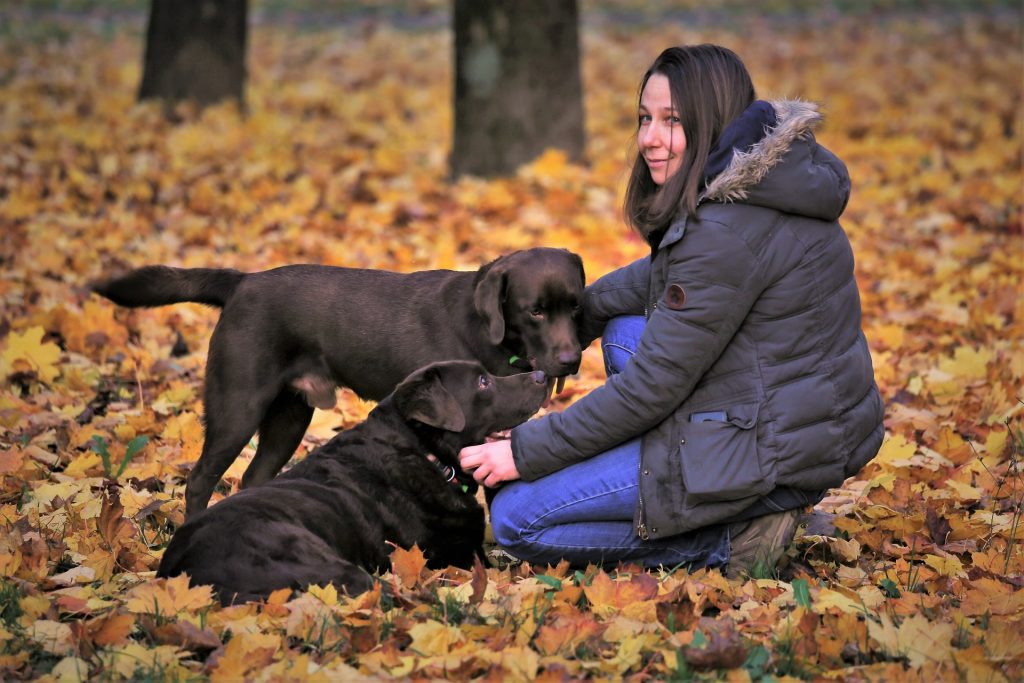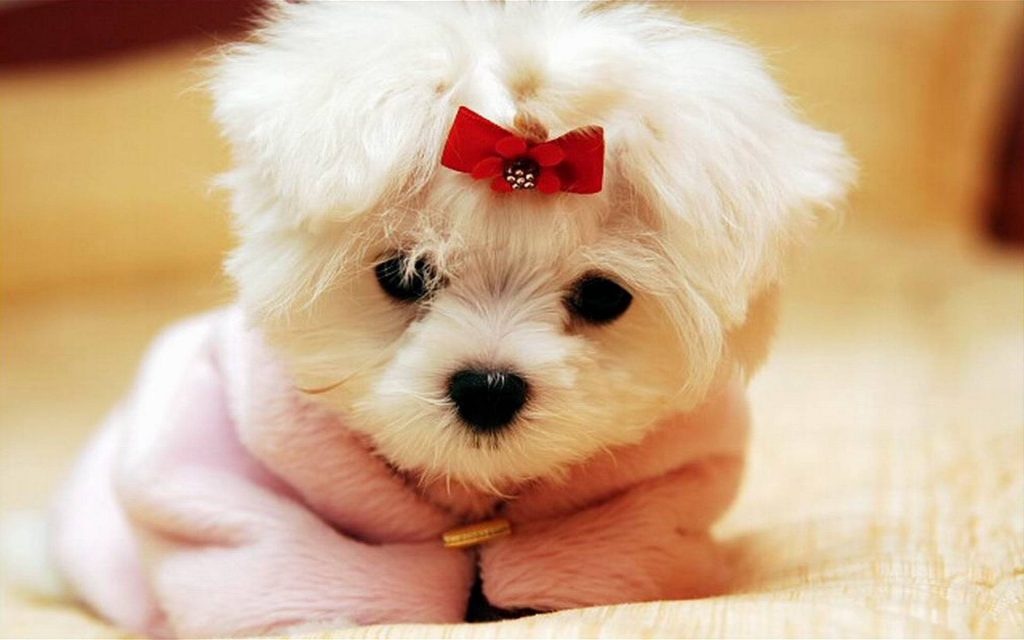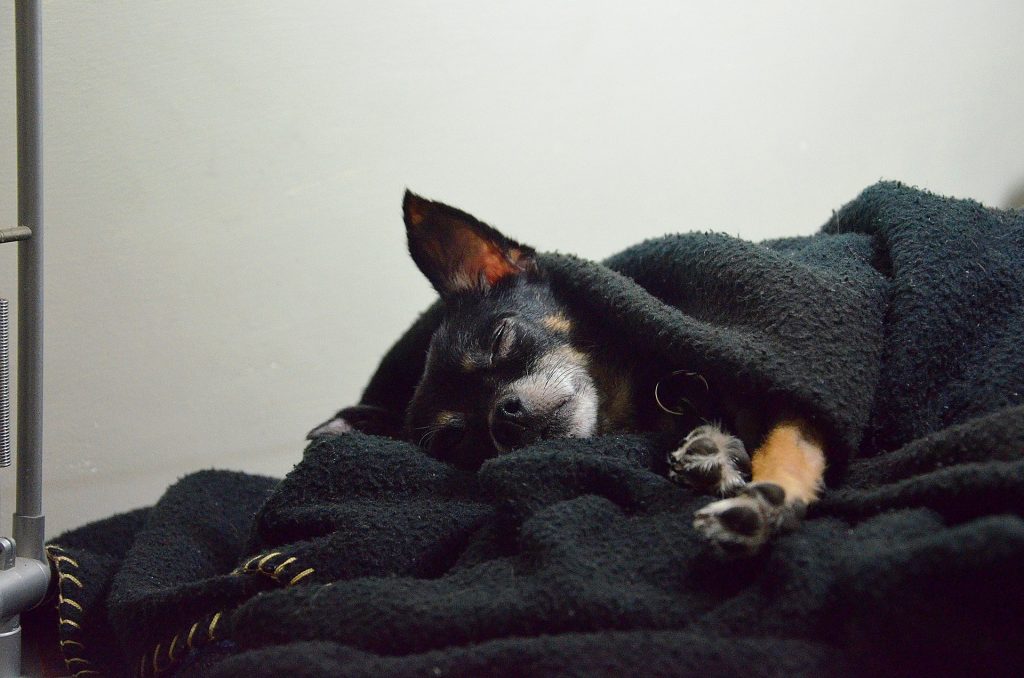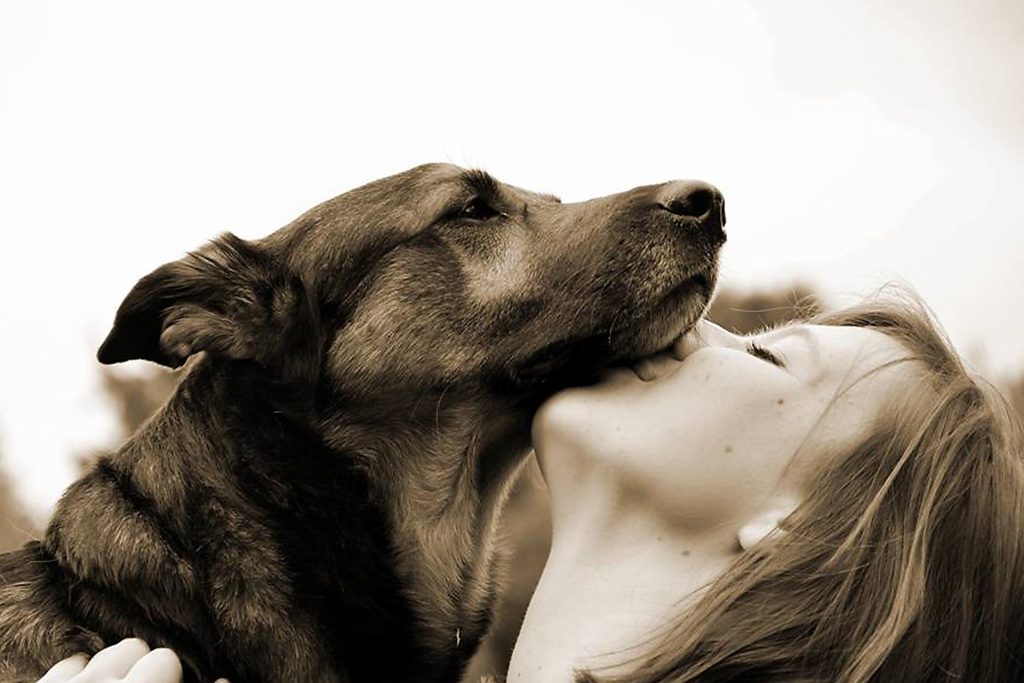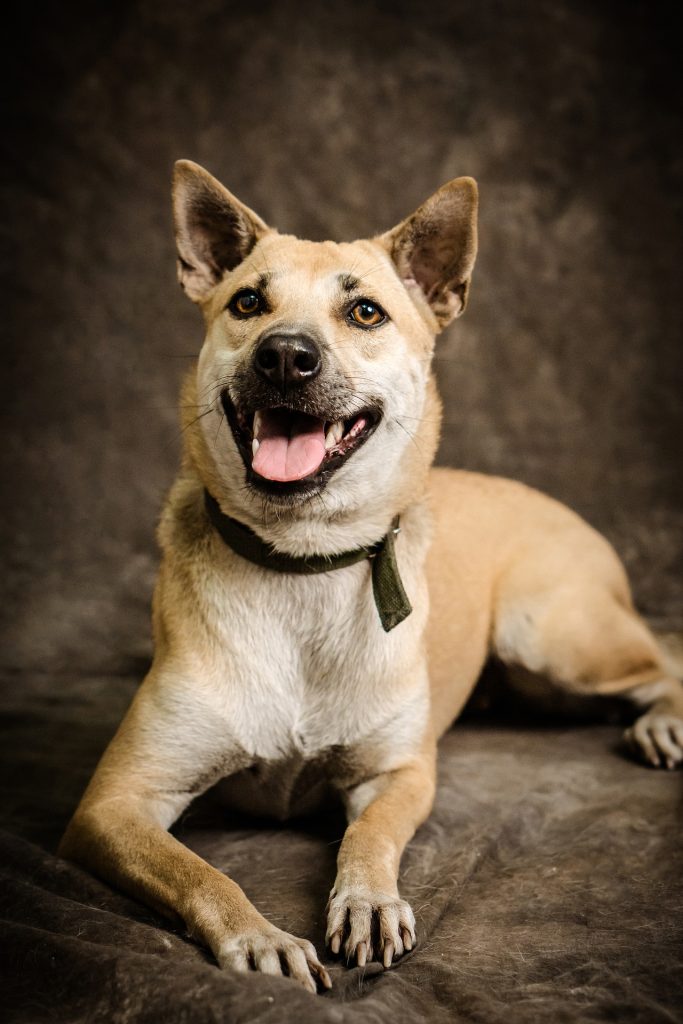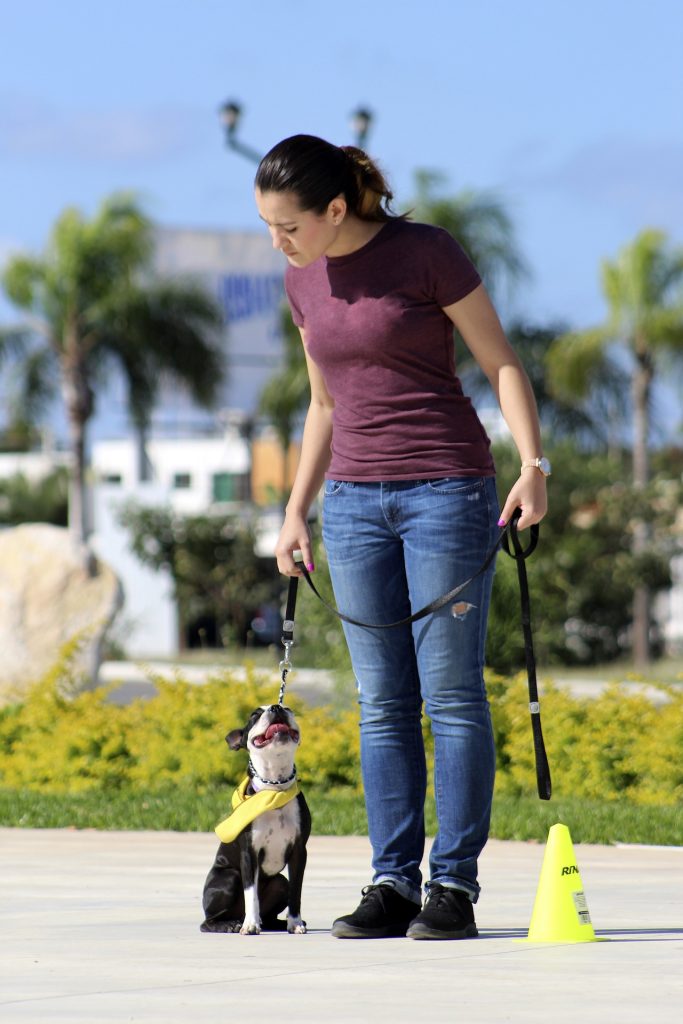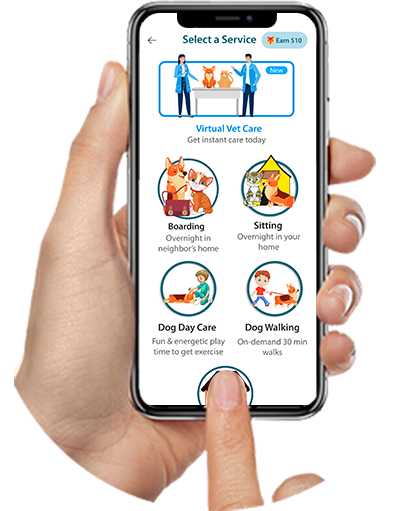Hyperthyroidism is a common and significant endocrine disorder in cats, characterized by the overproduction of thyroid hormones by the thyroid glands. These hormones, primarily thyroxine (T4) and triiodothyronine (T3) are crucial for regulating metabolism, energy levels, and overall bodily functions. When the thyroid glands become overactive and produce excessive amounts of these hormones, it leads to hyperthyroidism, a condition that can profoundly affect a cat’s health and quality of life.
Symptoms of Hyper Thyrodism in Dogs :
Hyperthyroidism in cats can manifest through a variety of symptoms, often reflecting the accelerated metabolic rate caused by excess thyroid hormones. Common signs include:
- Weight Loss: Despite an increased appetite, cats with hyperthyroidism often lose weight due to the high metabolic rate. Weight loss can be significant and may occur rapidly.
- Increased Appetite: Affected cats may exhibit an increased or ravenous appetite, eating more than usual but still losing weight.
- Increased Thirst and Urination: Hyperthyroid cats may drink more water and urinate more frequently due to increased metabolic demands and potential effects on kidney function.
- Hyperactivity and Restlessness: Cats with hyperthyroidism often display increased energy levels, restlessness, and hyperactivity, which can be seen as excessive grooming, vocalization, or a general increase in activity.
- Vomiting and Diarrhea: Gastrointestinal symptoms such as vomiting and diarrhea can occur, reflecting the high metabolic rate and potential impact on digestive function.
- Coat Changes: The cat’s coat may become thin, dry, or coarse, and hair loss may occur as a result of hormonal imbalances and increased metabolic turnover.
- Cardiovascular Issues: Hyperthyroidism can lead to heart problems, including an increased heart rate (tachycardia), heart murmurs, and in severe cases, congestive heart failure.
Causes of Hyper Thyrodism in Dogs:
The primary cause of hyperthyroidism in cats is typically an adenoma, which is a benign tumor of the thyroid gland. The exact reasons for the development of these tumors are not entirely understood, but several factors may contribute:
- Thyroid Adenoma: The most common cause of hyperthyroidism in cats is a thyroid adenoma, a benign tumor that causes the thyroid gland to produce excess hormones. This tumor is usually unilateral, meaning it affects only one thyroid gland, though bilateral involvement (affecting both glands) is also possible.
- Thyroid Carcinoma: Less commonly, hyperthyroidism in cats may be caused by thyroid carcinoma, a malignant tumor of the thyroid gland. This type of tumor is rarer and tends to be more aggressive compared to adenomas.
- Dietary Factors: While less conclusive, there is ongoing research into how dietary factors, such as the consumption of certain types of commercial cat food, may influence thyroid health. Some studies suggest that foods containing high levels of iodine or other additives could contribute to the development of thyroid issues, but this remains an area of investigation.
Treatment Advice
Treatment for hyperthyroidism aims to reduce the excess thyroid hormone levels and manage symptoms:
- Medication: Anti-thyroid medications, such as methimazole, are commonly used to inhibit thyroid hormone production. These medications are administered orally and require regular monitoring to adjust dosages and manage potential side effects.
- Radioactive Iodine Therapy: This treatment involves administering radioactive iodine, which selectively destroys overactive thyroid tissue while sparing normal tissue. It is considered one of the most effective treatments for hyperthyroidism and often results in long-term remission.
- Surgery: Surgical removal of the affected thyroid gland(s) may be considered in some cases. This approach is typically reserved for cats with localized tumors and requires careful post-operative management.
- Dietary Management: Special diets formulated to manage thyroid health are available. These diets are typically low in iodine and designed to support overall health, though they are usually used in conjunction with other treatments.
- Regular Monitoring: Ongoing veterinary follow-ups are essential to monitor the cat’s response to treatment, manage any side effects, and ensure that thyroid hormone levels remain within the target range.
Preventative Measures
- Veterinary Examination: A thorough physical examination by a veterinarian, including assessing the cat’s coat condition and body condition, is the first step. The vet will also consider the cat’s history and clinical signs.
- Blood Tests: Blood tests are essential for diagnosing hypothyroidism. These tests typically measure levels of thyroid hormones (T4 and T3) and thyroid-stimulating hormone (TSH).
- Additional Testing: If primary hyperthyroidism is suspected, further tests, including thyroid scintigraphy or ultrasound, may be used to evaluate the thyroid gland’s structure and function.
Conclusion
Hyperthyroidism in cats is a serious condition that requires prompt diagnosis and effective management. Understanding the causes, recognizing the symptoms, and pursuing appropriate treatment are crucial for maintaining the health and quality of life for affected cats. With advances in veterinary care, including medication, radioactive iodine therapy, and surgical options, hyperthyroidism can be effectively managed, allowing cats to lead healthy, active lives. Regular veterinary check-ups and vigilant monitoring play key roles in ensuring successful outcomes and optimal care for cats with this condition.


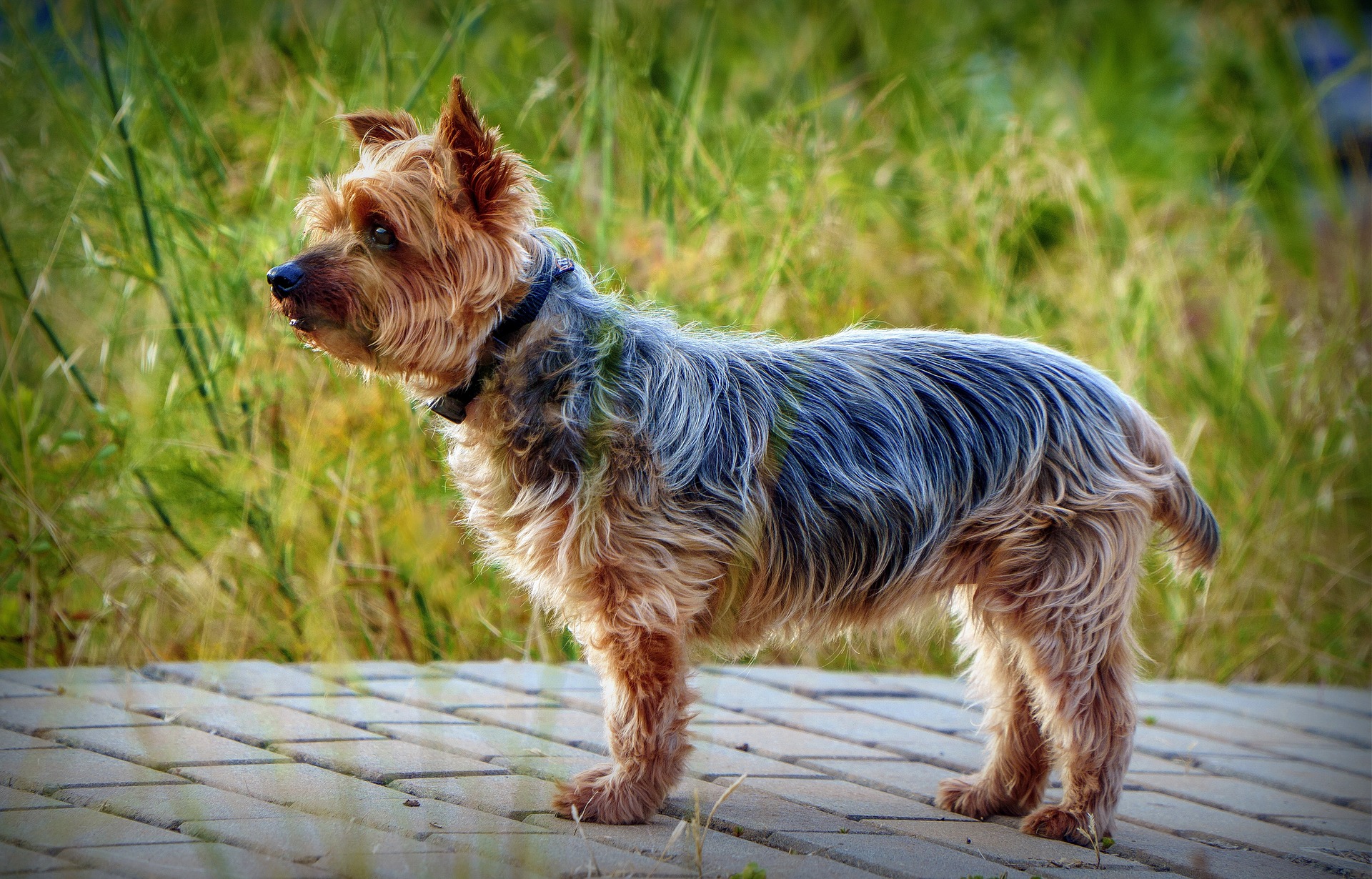
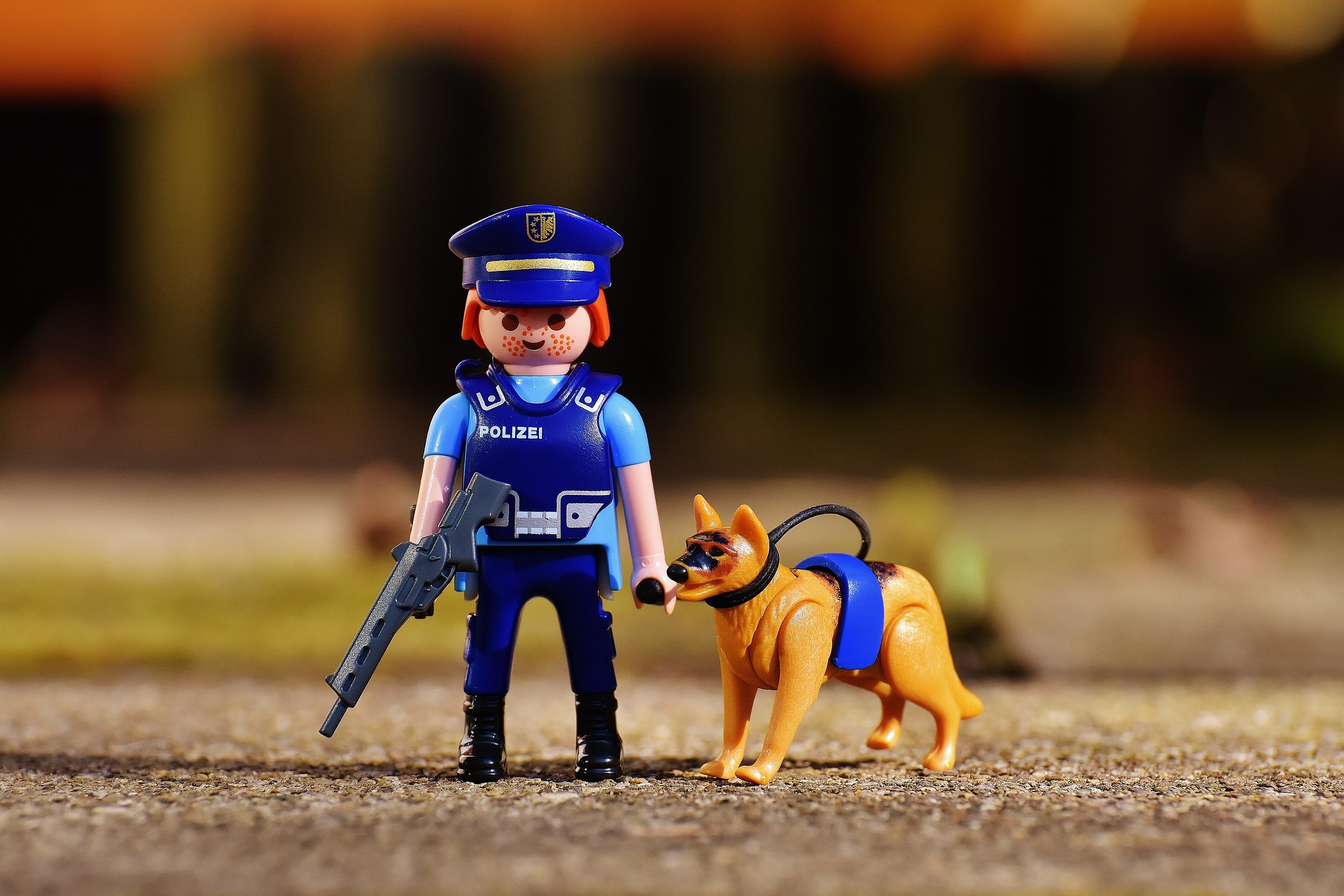
 On demand visits for urgent issues 24/7
On demand visits for urgent issues 24/7 
